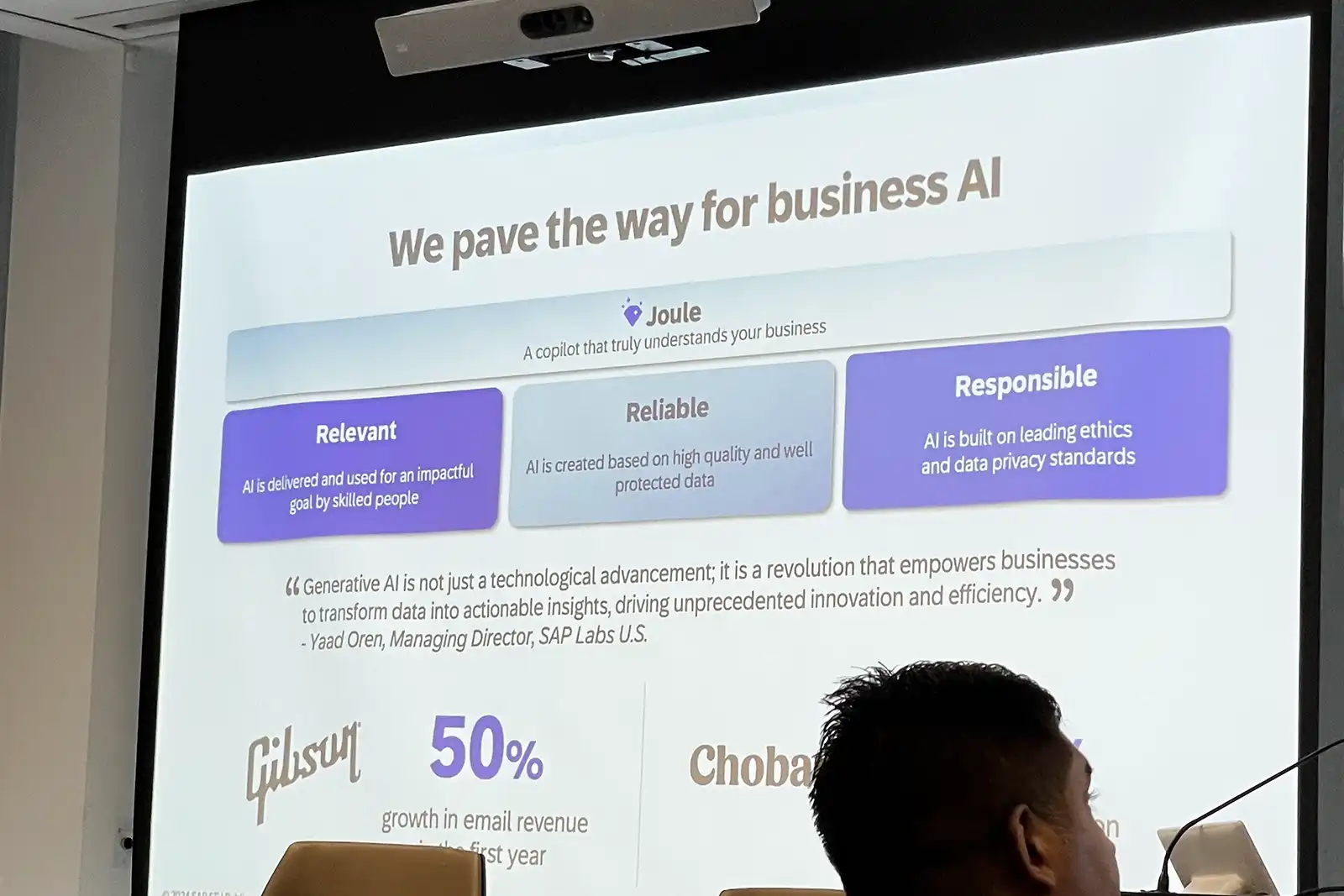
Episode 8 – Digital Transformation with Immersive Technology: A Journey with Julian Hermle of CMC Engineers GmbH
Digital Transformation with Immersive Technology: A Journey with Julian Hermle from CMC Engineers GmbH
In this episode of the DigitalituM Podcast, I sit down with Julian Hermle, Founder and CTO of CMC Engineers GmbH, to discuss the role of immersive technology, especially Virtual Reality (VR), in manufacturing. Julian shares his professional journey, the development of CMC Engineering’s CMC ViewR software, and the pivotal role of 3D visualization in product development and stakeholder communication.
CMC Engineers: The Beginnings and Mission
Julian began his career at Porsche and developed his interest in VR technology during his time at Mercedes-Benz, where he helped establish a VR service center. In 2014, he co-founded CMC Engineers GmbH with a vision to make VR technology accessible to small and medium-sized enterprises.
CMC ViewR: 3D Visualization of Complex Machinery
CMC ViewR, CMC’s flagship product, enables the 3D visualization of complex machinery and manufacturing equipment. Julian describes how the initially expensive system evolved into an accessible subscription-based model tailored for SMEs. The software allows companies to import CAD files and visualize them in VR.
Faster Product Development through 3D Visualization
CMC ViewR significantly enhances product design efficiency by identifying potential issues early and accelerating decision-making. Julian shares success stories from the construction machinery sector, where clients transitioned from prototype to production without major adjustments.
Engaging Stakeholders through Immersive Experiences
CMC ViewR helps bridge the communication gap between technical and non-technical stakeholders, illustrating spatial dimensions and product complexity in a way that 2D screens or brochures can’t achieve.
From Trade Shows to Digital Sales
CMC ViewR is also increasingly used in marketing and sales, with companies using the technology to showcase products at trade shows and in customer meetings, significantly simplifying logistics.
The Future of Immersive Technology and AI in Manufacturing
Julian shares his vision for the future of immersive technologies and emphasizes the role of AI and automation in advancing 3D modeling. He sees increasing integration of AI with 3D worlds, automating routine tasks in modeling.
Conclusion: A Partnership for Digital Transformation
In closing, Julian reaffirms CMC Engineers’ commitment to supporting small and medium-sized manufacturers in adopting immersive technology. I invite all listeners to experience CMC ViewR through DigitalituM’s partnership and take a step into a digital future for manufacturing. Be sure to check out the full episode!
Further Links:
- DigitalituM LinkedIn page: https://www.linkedin.com/company/digitalitum/
- Markus’s LinkedIn page: https://www.linkedin.com/in/markusrimmele/
- CMC Engineers GmbH Website https://www.cmc-engineers.de/en
- Julian Hermle on LinkedIn: https://www.linkedin.com/in/julian-hermle-951aa6145/
- CMC Engineers GmbH on LinkedIn: https://www.linkedin.com/company/cmc-engineers-gmbh













